(Listen to the handy and informative prelude.)
(late March 2023)
I know it’s going to surprise you, but we had a blizzard recently. It dumped a little over a foot of the white stuff on us. I mean it just kept snowing and snowing and…
Thankfully I was at home that day and so was able to shovel 3 or 4 times over the course of the day instead of coming home from work in the evening and having to shovel it all at once and pull a back muscle or 4.
Here are some house sparrows eyeing up the bird feeder as the snow falls on them.
The reason they were waiting in the bush is because the feeder was occupied by Ms. Cardinal.
The snow did not stop the squirrels. They had no problems finding traction on the power poles and were zipping all around.
Spring may have been a few days old but Old Man Winter wasn't ready to give up quite yet.
The snow put a damper on progress over at our neighbor’s house. You may recall that a tree fell on it last summer and that, after a few months, it was finally demolished except for 2 walls. Well, the construction finally started this month. It didn’t take long to do the framing and get a roof on it. It seemed like major progress had been made every day.
The red is gone and now we have greyish blue.
The exterior looks more or less done so I assume they’re plumbing it now and running electricity. We are very happy to not have a wreck in the neighborhood anymore and for our neighbor to be closer to having a habitable house again.
********
I recently took a trip to Chicago to visit with my mother and we went on a trek to the Art Institute. I hadn’t been there in ages and was keen on seeing their new(ish) exhibit, The Deering Family Galleries of Medieval and Renaissance Art, Arms, and Armor.
Since it was a fairly nice day, we walked down to the Jefferson Park El stop. I hadn’t taken the El in a while and it was neat to once again see that old North Avenue Baths building by the Damen stop.
Although it was a bit – quelle surprise! – windy downtown, it was lovely.
As we were waiting to cross at Adams and Michigan, we heard a car honk then CRASH! Someone tried to turn left but timed it poorly and their car got t-boned right in front of us. An exciting start to our visit.
We went inside and got into a fairly lengthy line. Although my mother had plenty of cash on her intending to treat me to a day out, we discovered that cash is no longer accepted at the Art Institute. It's an annoying practice that is spreading like the Creeping Charlie in my backyard. Summerfest in Milwaukee has gone cashless as have the music venues here in Madison owned by the corporate behemoth that is Live Nation. So I pulled out my credit card. It was my lucky day as the guy gave me the Chicago resident discount since I was with mom.
Honestly, I had forgotten just how ginormous the Art Institute is. Making a bee line to the Medieval/Renaissance exhibit was not possible. It took us little while and more than a few ganders at the map but we eventually got to the section with all of the Renaissance paintings and strolled through.
While I prefer medieval art over that from the Renaissance, generally speaking, I must admit they did some interesting work in the 17th century such as this painting of Saint Romanus of Antioch holding his own tongue. I presume it was cut out when he was martyred. He is the patron saint of those stricken with logorrhea.
But the gallery has too many paintings of aristocrats, i.e. – the people who could afford to commission their own portraits. Plus, I think there are a million depictions of magi adoring the baby Christ.
“What’s this one called?”
“Adoration of the Magi.”
“Huh. And this one?”
“Adoration of the Magi.”
“Wait! Wait! Don’t tell me. This one is Adoration of the Magi too.”
“Correct.”
One thing I like about medieval art is that it doesn’t have a realistic sense of perspective like much Renaissance art. Before that Italian guy rediscovered the mathematical elements of perspective, medieval art was more interested in relaying a moral lesson or making sure all of the right symbols were in the frame, realism be damned. Everything looks off-kilter but in a fun and interesting way.
We finally arrived at the Medieval/Renaissance exhibit and I began to feel giddy. I felt genuine excitement and awe upon seeing the gigantic altarpiece on one wall.
Did I set off the alarm by getting too close to inspect what appeared to be gold leaf? You bet I did!
Fewer secular portraits of aristocrats here and more paintings of saints and martyrs. This is someone who had her breasts cut off when she was martyred.
She doesn’t appear the least bit distraught at holding a tray with her boobs on it. I guess that’s what grace does for you.
Now, having recently listened to a medieval podcast which was a guide to the most popular saints, I knew this to be Saint Agatha.
Here’s another:
That same podcast informed me that a female saint with a book was St. Anne and a female saint with a wheel was St. Catherine who, legend has it, was to have been killed on a breaking wheel, a very nasty torture device which involved lots of broken bones and general mutilation. However, she touched it and the wheel fell apart so her tormentors went to Plan B, a simple, direct route, and beheaded her instead.
Not far from this painting was a 13th century antiphonary.
This contained the music to be sung or chanted by monks during the liturgical rites for the canonical hours of the day. I’m not sure if every monk would have had access to one of these or if they shared or perhaps a monk led the chanting with one of these before him. Regardless, it was really neat to think that hundreds of years ago some fellow squinted at these notations in the fading light of dusk to sing at vespers.
After displays of jewelry, plates, glassware, and other household items, you get to the big room with most of the military gear - arms and armor aplenty.
I think that most of the armor was ceremonial with just a handful of suits meant for use and most of those were for jousting instead of battle. Still, they were impressive and my back ached just thinking about wearing one of them. Men seemed to be rather smaller back then than now. Say what you will about our modern diet, but I doubt I nor most of my friends could fit into most of the armor on display. We grow 'em big these days. We're taller, broader chests - just bigger all around.
On the arms front, there were a lot of halberds, glaives, maces, and swords. One display case held a two-handed sword that was about as long as I am tall. I cannot imagine having to wield one of those. I'd probably cut my own head off on accident. Plus, there were lots of bows.
I’m thinking that, if you need a crank to pull the bowstring back, then I’d bet that bow will launch an arrow with many a pound of force. It must have been able to pierce even the best armor.
I could have spent all day in that exhibit but, alas, we had to move on if we were to be able to check out some other art.
One piece I really wanted to see was The Rock by Peter Blume.
I don’t know why but I adore this painting. The colors, the storm clouds portending doom…There’s the ruins of a building on the right and a new one being built on the left with the rock in the middle. I believe it was painted in the mid-1940s so perhaps it’s about World War II and the hope for something better once it is over.
In an area nearby were works by African-Americans. I took a picture of Nightlife by Archibald John Motley, depicting a night club in Bronzeville, but it wasn’t in focus. So I bought a print of it for my Frau.
However, my shot of Eldzier Cortor’s The Room No. VI did turn out in focus.
I like the colors a lot and the very unreal sense of perspective that reminded me of medieval art.
Wandering around the modern gallery, it seemed like my favorite room had had its contents changed. The last time I was there, there was a room that held The Awakening of the Forest by Paul Delvaux, a couple works by Magritte - Time Transfixed and On the Threshold of Liberty, and Girl with Cat by Balthus. Or was it Solitaire? I just loved sitting in that room for a long time taking everything in. The Awakening of the Forest and On the Threshold of Liberty are both rather large works and it was easy to get absorbed by them.
We went to grab a snack before going to see the special Dalí exhibit called "Salvador Dalí: The Image Disappears". To get into the exhibit, I had to scan a QR code with my phone to get into a virtual line and then wait for a text to tell us that we could enter. I wonder if we could have been issued paper tickets or been assigned a time. It's a shame to make ownership of a smartphone a prerequisite to seeing an exhibit.
I find it interesting that we are at a point now where one must bank a certain way in order to gain entrance to the Art Institute and you apparently need a smartphone to get into a certain exhibit. It seems that a credit card and smartphone are becoming the bare minimum to be able to participate in more and more cultural activities.
A brave new world.
I had a blast at the museum and need to set aside a few more days to see the rest of it sometime. We went and had dinner at Miller’s Pub before catching the El back to Jefferson Park.
I’d read that CTA ridership was down significantly but our train was packed to the gills with commuters on their way home and a smattering of people heading out to O’Hare with suitcases in tow.
It was a grand day out in the big city.
********
I go through periods where I try to catch up on things I missed in the 1990s or go in-depth into something from that time that I can recall but don’t know a whole lot about.
For instance, back in c.2006 I read a few books and watched a couple documentaries about the Rwandan genocide that took place in 1994. I remember hearing about it on the news back then but I only recall talking heads on the evening news. Going in-depth and then seeing footage from Rwanda depicting events from the genocide was a whole different ball of wax. A few years back I listened to a podcast about P.J. Harvey’s debut album from 1992 and wondered how it was that it took me nearly 20 years to investigate it because I really enjoyed it.
My latest investigation into that time involved reading this book, Yugoslavia: Death of a Nation by Laura Silber and Allan Little which recounts the history of the Yugoslav Wars from 1991-96. I recall hearing about it in the news, with the siege of Sarajevo, which lasted nearly 4 years, being especially prominent in my memory.
Right off the bat I learned that Yugoslavia consisted of 6 republics and 2 autonomous provinces. I just figured it was a single, united country but no. This made things confusing as each republic/province had its own internal government but also representatives to the federal one. Another thing that made the read complicated was how most people’s surnames ended in -ić. There was Kadijević, Adžić, quite infamously Milošević, et al. All of those diacritical marks meant that I consulted the Cast of Characters at the beginning of the book quite often. That in addition to all of the maps.
The book tells a really sad story that has been repeated throughout human history. A demagogue whips people into an us vs. them frenzy and the killing begins. Here it’s Slobodan Milošević who stirred up Serbian nationalism. He followed this up by getting other republics to send representatives to the Yugoslav federal government who were subservient to him or were at least sympathetic to Serbia.
Slovenia and Croatia see Milošević’s gambit and declare their independence from a puppet Yugoslavia that is having its strings pulled by Serbia. Bosnia eventually declares independence too.
Milošević would claim that Serbian minorities in the other (former) republics were being prosecuted and use this as a pretext for war. The Muslims in Bosnia and Herzegovina became scapegoats and suffered terrible atrocities.
In addition to the Serbians run amok and all of the death and atrocities they caused, the book also tells of the mainly impotent responses of NATO and the UN. After having read about the UN efforts during the Rwandan genocide, I was hardly surprised.
As with every war, the Yugoslav ones had their share of absurdities. One tale that sticks in my mind happened in May 1992 when the president of Bosnia-Herzegovina, Alija Izetbegović, is flying back from failed peace negotiations in Lisbon. He threw caution to the wind and decided that the plane should land in Sarajevo despite the city having descended into chaos and conflict. He was captured by the Yugoslav federal army which by this point was controlled by Serbia.
He asked his captors to be allowed to call his staff to let them know what had happened but was told the phones were down. Shortly after this, a phone in the room he was being held in rang. It was a woman who was calling to find out if her daughter’s plane had left earlier in the day. Izetbegović told her that he was the president and asked her to call his office to tell them that he was a captive at the airport. If she couldn’t get through, she was to call a radio or TV station and tell them instead to get the word out.
As it happened, she ended up speaking with a Sarajevo TV station. The conversation was broadcast live and captured for posterity on video tape and can be seen in the 6-part documentary based on the book with the same title and which I recommend highly.
While a very sad tale, I was glad to learn more about some history that I lived through, even though I didn’t experience it first-hand.
I’m not sure what my next 90s throwback venture will be. I’ve been meaning to read The Quincunx since around 1995 so perhaps that should get taken care of.
********
Bonus photo time. I recently met a friend for lunch at a nice older tavern. Next door to it was a storefront that had this display in it. It’s a homemade leg lamp as seen in A Christmas Story that’s being accosted by a zombie.(?!)





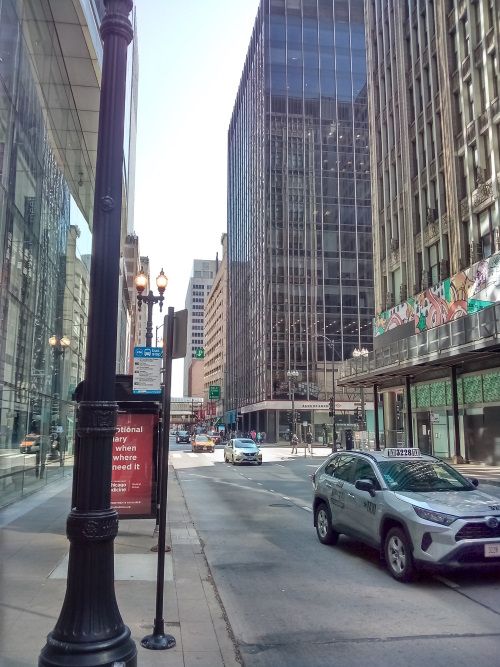

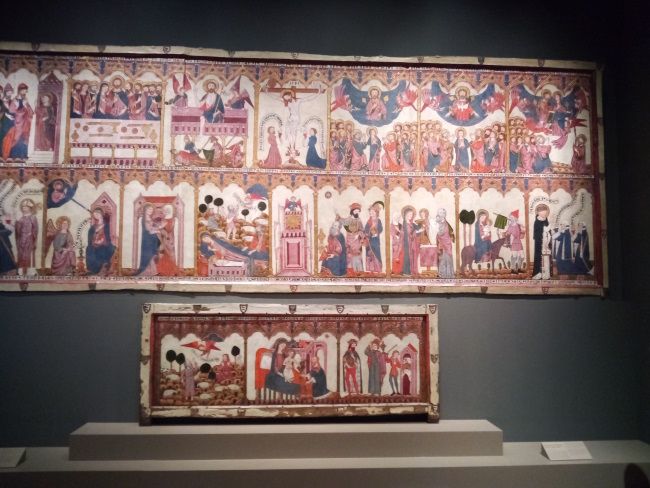

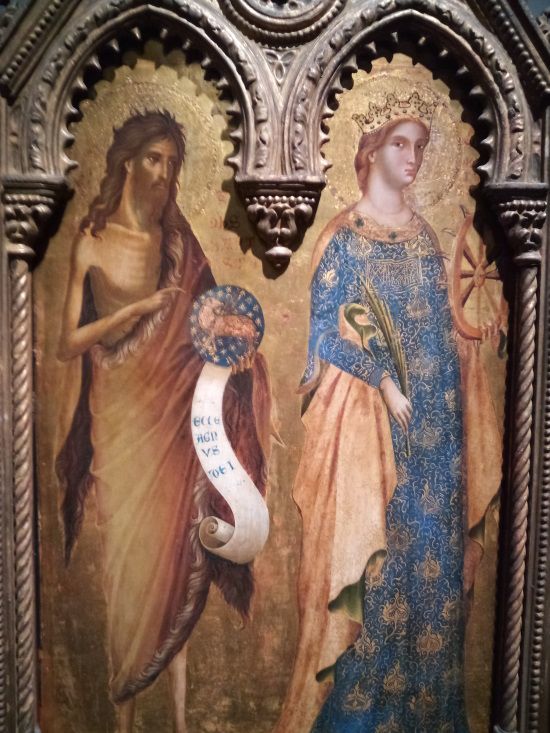
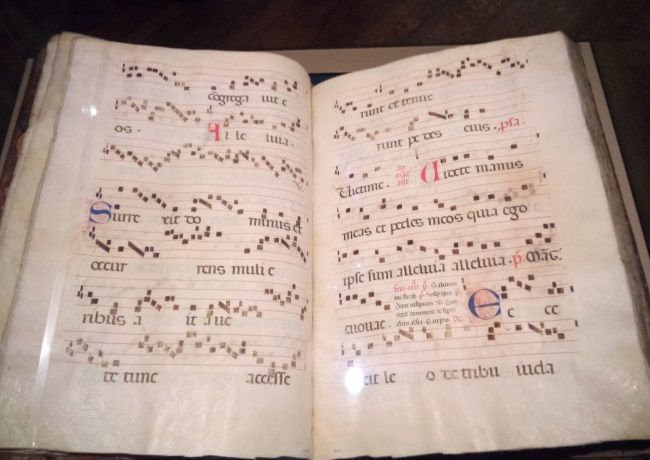
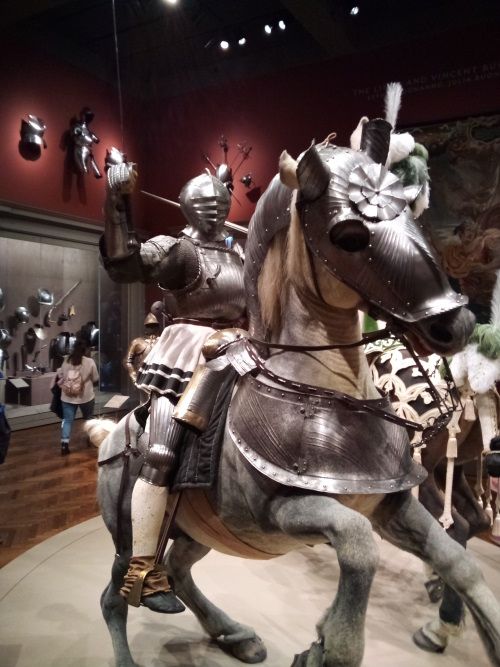


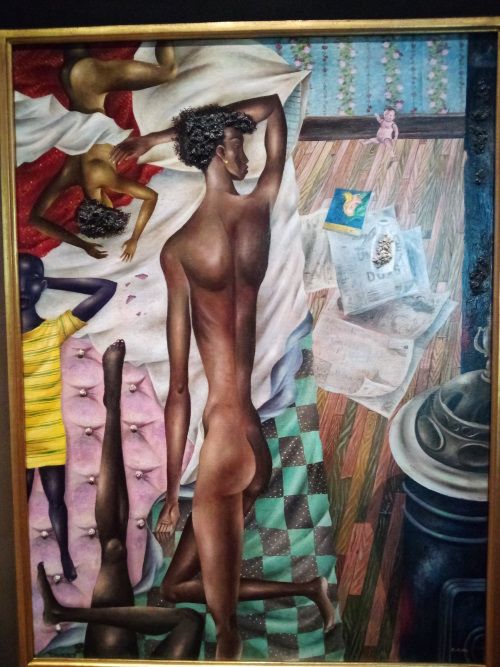


No comments:
Post a Comment